Every time I visit a thrift store, I make a bee line for any cameras or lenses in the hope of finding something interesting. While my luck is rarely any good, my most recent trip netted me a Minox CD70 with “$8” scrawled on it. This camera is not valuable so far as I can tell. It seems to be in the ever-intriguing category of “cheap but hard to find” which always prompts me to wonder: could this be a forgotten gem?
The thing that caught my attention first was the Minox name. I associate this brand with cold war era subminiature spy cameras or tiny 135 format fixed lens point and shoots from the 80s. This one was neither. It was clearly of the 90s with a 35-70 zoom and built in flash. All the 35mm Minox models I’d seen before had a fold down lens cover, but this one seemed to have a tiny shield just over the lens that slides open when the camera is turned on. Though I couldn’t test it in the store and a piece of the battery cover was broken, it looked overall in good shape and I decided to take a chance on it.
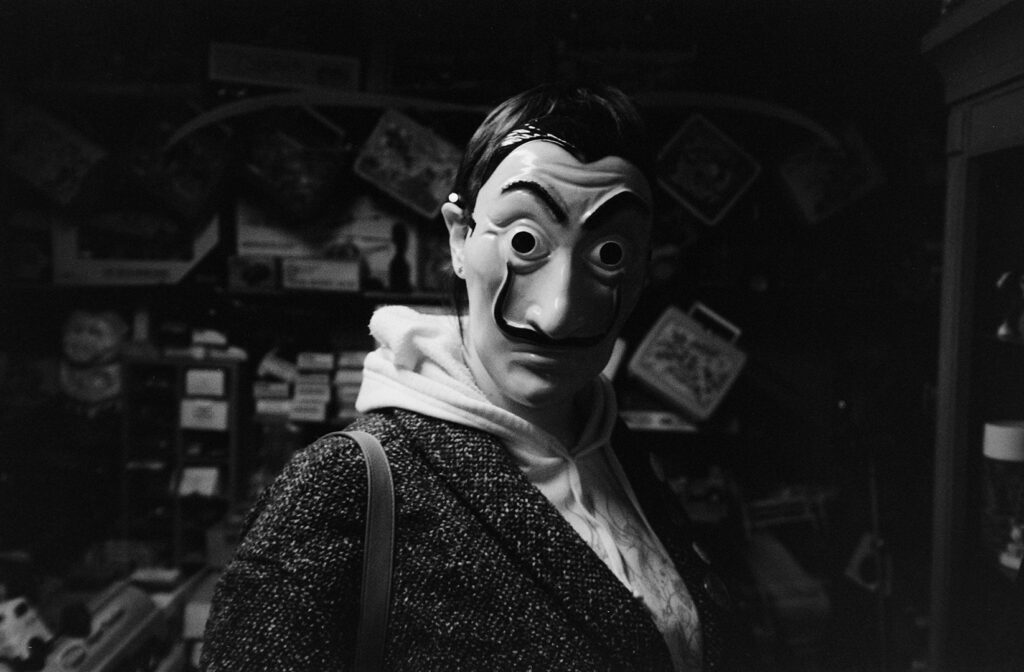
For the past few years, my go-to point and shoot has been an Olympus XA4 Macro. It’s a wonderful camera that fits easily in my pocket, has a capable 28mm fixed lens, and is simple and easy to use. That said, sometimes I want a pocket camera with a longer lens. I also enjoy using flash with this style of camera and connecting the add-on flash unit to the XA4 makes it a bit bulky for a P&S. I don’t much mind the scale focus on the XA4 either, but sometimes I’d like something just a bit simpler. All that said, the Minox looked promising as an alternative with zoom, flash, and autofocus with almost as small a footprint.
I’m always curious about the history of any cameras I buy, though unfortunately I can find very little info on the Minox CD70. I did locate a manual, which was helpful in understanding all of the functions, but not much else. As best I can tell, this camera was released in 1996 at Photokina with both silver and black finishes available and seems to be a clone of the also somewhat obscure Konica Big Mini 510Z. My understanding is that Leica owned Minox during the time this camera was released, though I’ve found no information on how that may have influenced design or assembly, if at all. The intersections of Minox, Leica, Konica, and Minolta are interesting to me but I feel like I need a yarn board to make sense of it. Minolta and Leica worked together in the 70s and 80s on the CL and some SLRs. Leica briefly owned Minox from 1996 to 2001, during which they released a camera that was a clone of a Konica model. Konica would eventually merge with Minolta, but not until 2003. It feels like these pieces should all fit but I admit I can’t quite make sense of it.
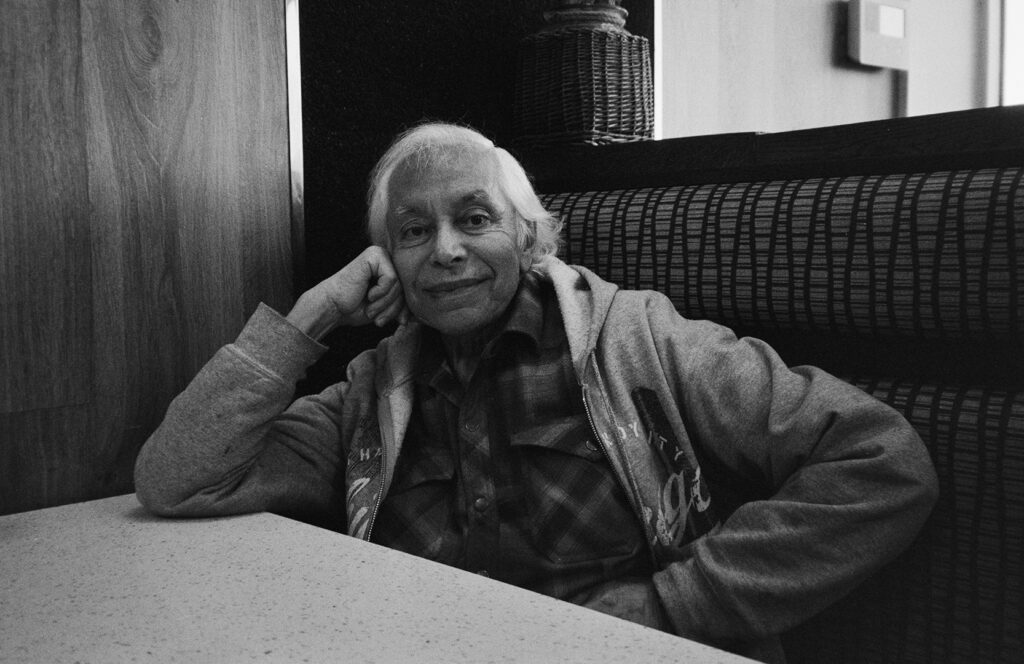
Features
The Minox CD70 is heavily automated. After placing the film in the back, a press of the shutter will autowind to the first frame. The flash is set for auto by default and the camera reads film speed by DX code (and only by DX code). Focus is autofocus. The lens is a five group six element 35mm-70mm f3.9-f7.4 zoom, with zoom controlled by front mounted buttons. There are a number of shooting modes which include: auto flash (default), anti-red eye, flash on, flash off, long exposure flash, backlight exposure compensation, “television” mode, “infinity focus” mode, and a self timer. Most of these are fairly standard and self explanatory, but three modes stand out to me as unusual.
The first, and probably more useful, of the peculiar shooting modes is the long exposure flash. This is essentially a first curtain flash, where the camera meters for available light but also fires the flash at the beginning of the exposure. I have not tested this feature yet on this camera, but I’ve found this effect interesting to play with on other cameras and appreciate it being an option. The suggested use is nighttime photos with city lights or skyline in the background, but I think it can also be used in creative ways to play with light trails and blur.
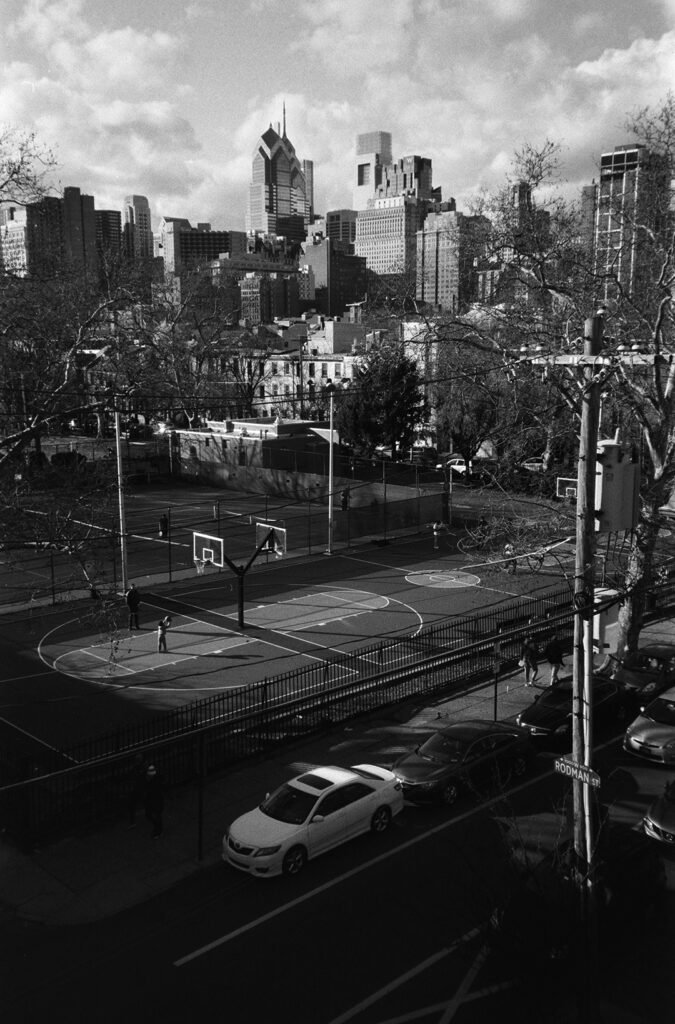
The other two peculiar modes are Television and Infinity Focus. Television mode is designed to limit shutter speeds to sync with CRT televisions so that you can photograph the screen without getting a black bar. Infinity Focus mode locks the focus at infinity for shooting landscapes. I have shot comparisons to see if this is necessary to achieve infinity focus but results with and without the mode look the same, which makes me wonder “why bother?” I suppose it might be useful shooting through or past objects that might confuse the autofocus, like a dirty window maybe.
In use
Though boxy, I mostly enjoy the handling of the Minox CD70 with a few minor qualms. The best feature is that it is very small. Compared to the elegant and super compact XA4, it’s slightly taller and thicker, and about 1.5cm wider. But still very much pocket sized. The body is fully plastic with a power button and shutter button on top. While I have not confused these two buttons yet, I feel like eventually I probably will. The finder is adequately big and bright and zooms as you zoom, but has no parallax correction for focus. Instead, you simply have a pair of marks to suggest framing lower at close distances. There is a green light and a red light in the finder, with the green showing “focus/exposure locked” and the red telling you the flash is ready. On the front, there are two buttons for the zoom function. For whatever reason I am always incorrect when anticipating which button zooms in or out, and the placement is a bit awkward to use in general. The film door in back features a window to see your film type, an LCD screen for battery and exposures, a smaller LCD screen for the date (I keep this feature disabled), and several miniature rubber buttons. These buttons are for setting the date, setting shooting modes, and one very small one for rewinding the film. The film also automatically rewinds when it can not wind further and I’ve been able to get about 38 exposures from a 36 exposure roll. The date and rewind buttons are appropriately difficult to press to prevent accidents, though the shooting mode buttons are a bit *too* difficult as I tend to need to fiddle with them a lot before I get to where I’m trying to go.
As far as shooting experience, I find it pretty smooth. Focus seems fairly quick in most cases and, when at the 70mm end of the zoom range, allows a minimum focus of 60cm which isn’t too bad. The leaf shutter is inaudible over the mechanical whine of the film advance which is pure 90s film winding sound. Same with the sound of the zoom and powering on and off. I don’t find any of these sounds to be too loud in general use, though they would call attention in a very quiet environment.
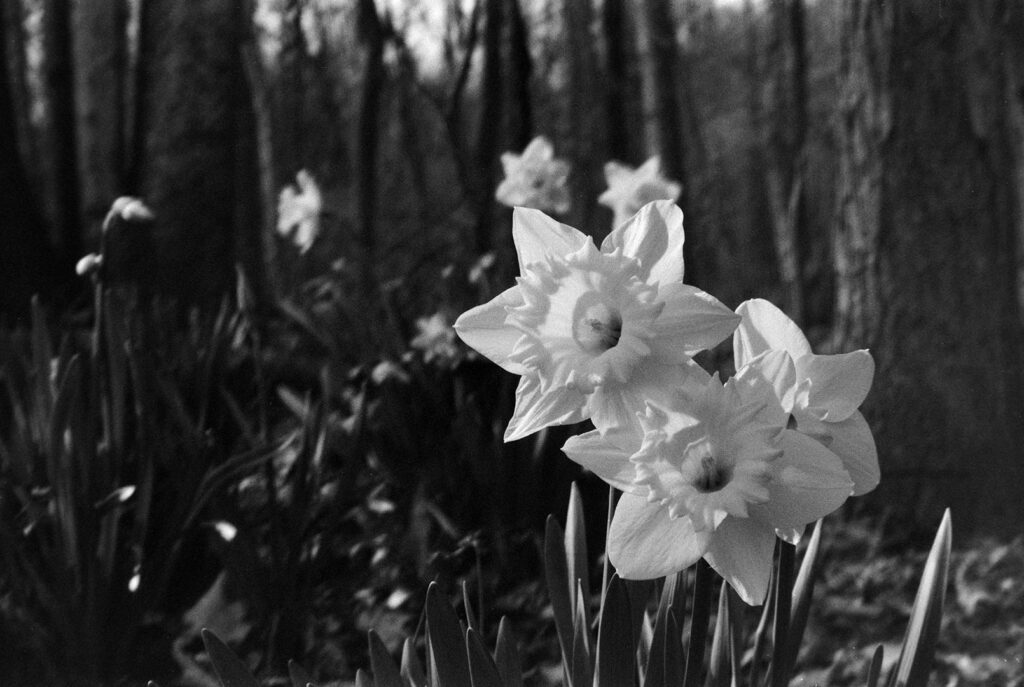
I did encounter a strange glitch half-way through my first roll of film where, while not in use, the battery seemed to disconnect and the camera lost all saved info. This meant that when I turned it on next, it thought it was at the beginning of the roll and advanced and started the counter over at 1. I wasn’t sure if it had actually rewound the roll prior so I shot a couple frames and then rewound the film. As it turns out, it had only skipped ahead two frames because of the autoloading feature and I could have kept on shooting, which is what I’d do if that happens again. My copy does have some damage to the battery door, so perhaps this was to blame. Either way, it hasn’t happened again.
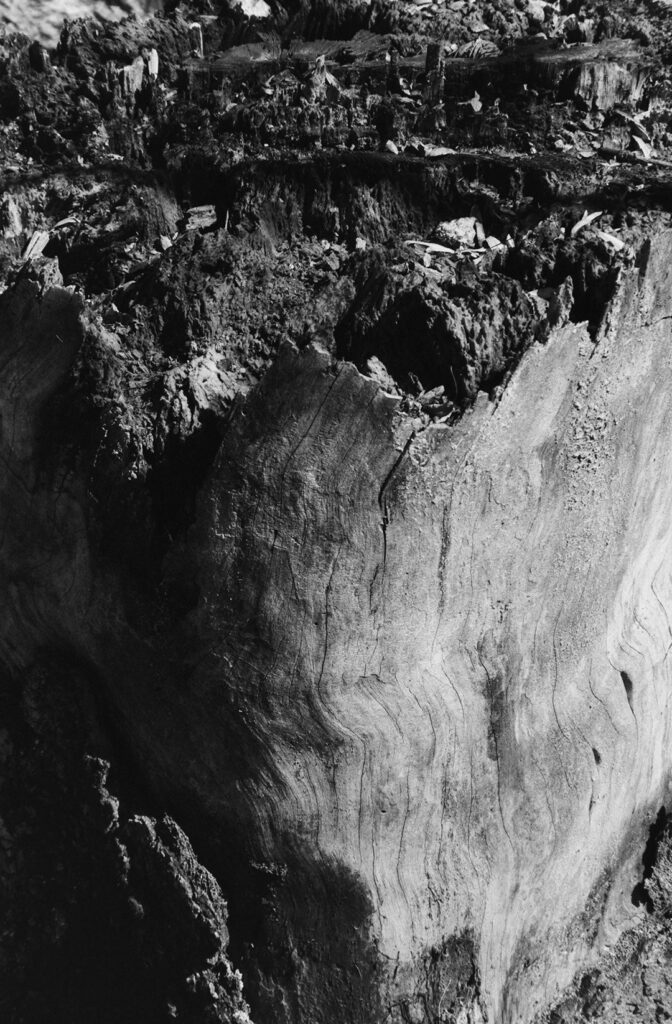
Final Thoughts
As to the images, I went in with modest expectations and I’m overall very impressed. Focus and exposure are generally spot on and images are nice and sharp. The lens is too slow for bokeh to be much concern. All in all, I find the Minox CD70 very capable and expect this is probably going to become my go-to pocket camera for casual use!
Share this post:
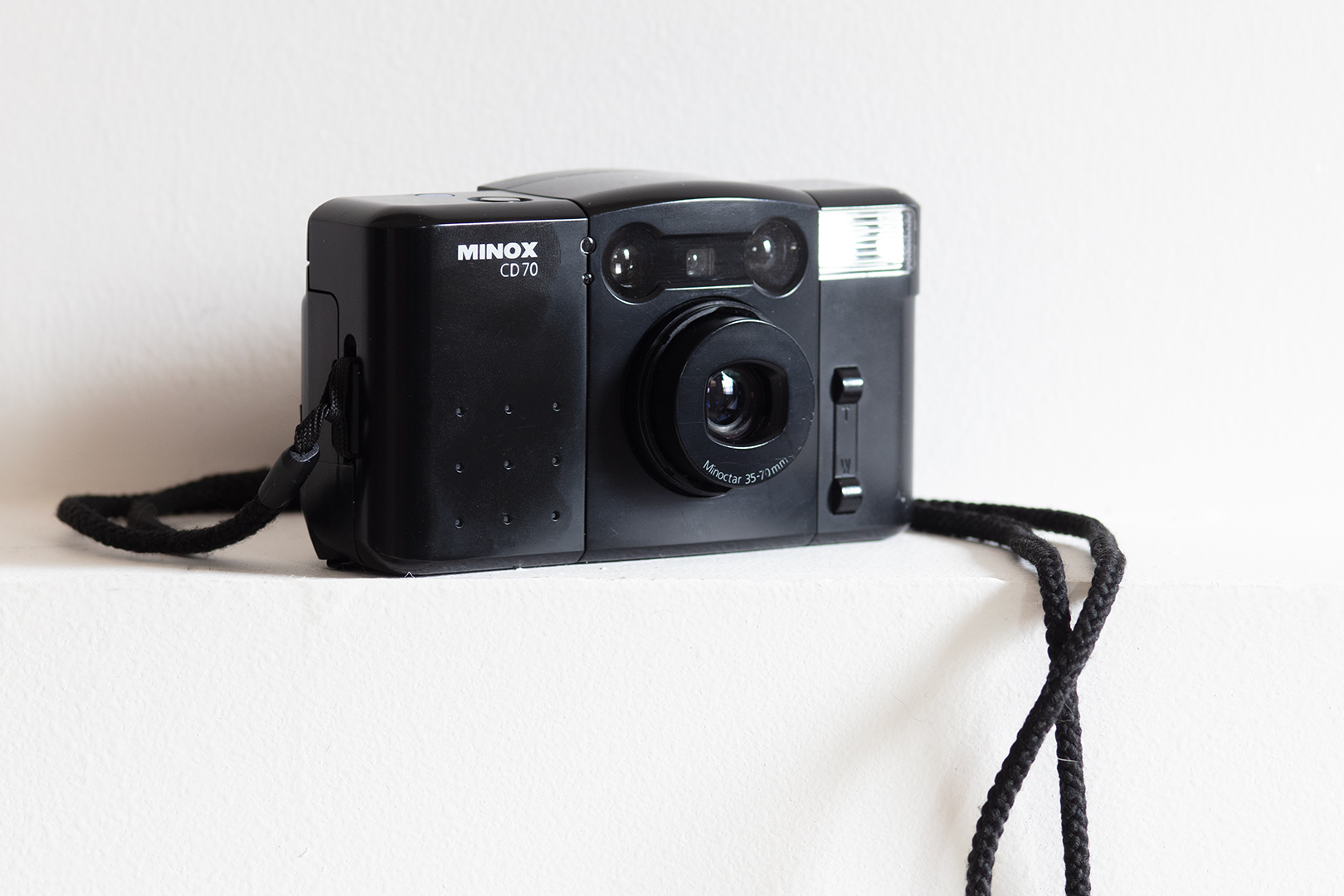
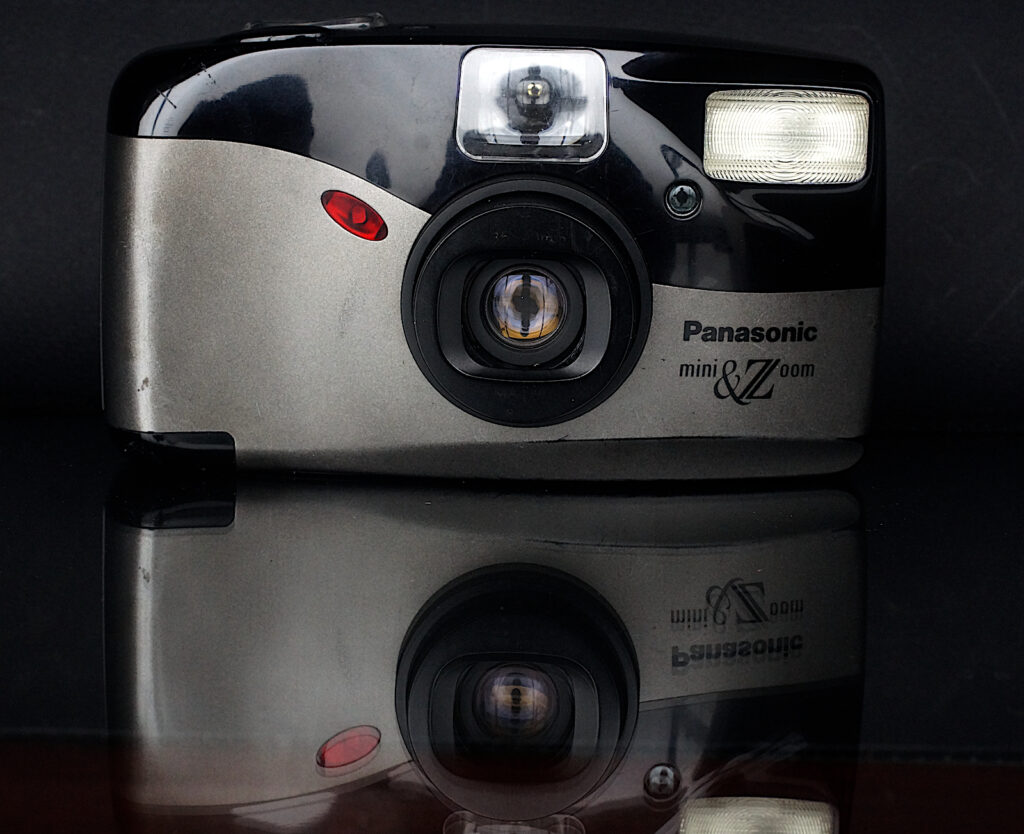
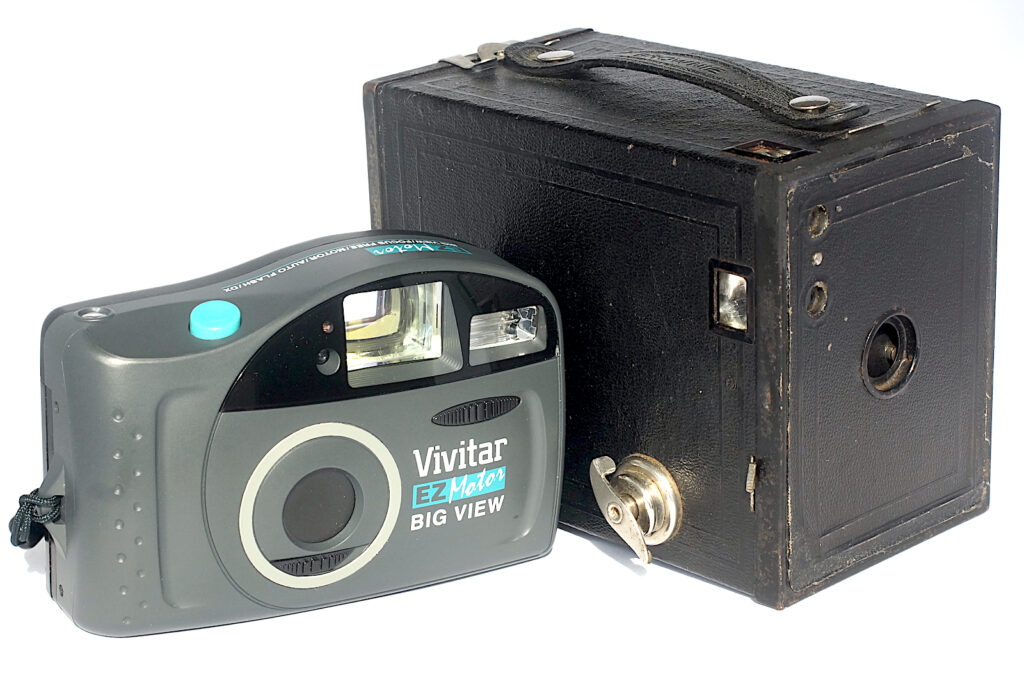
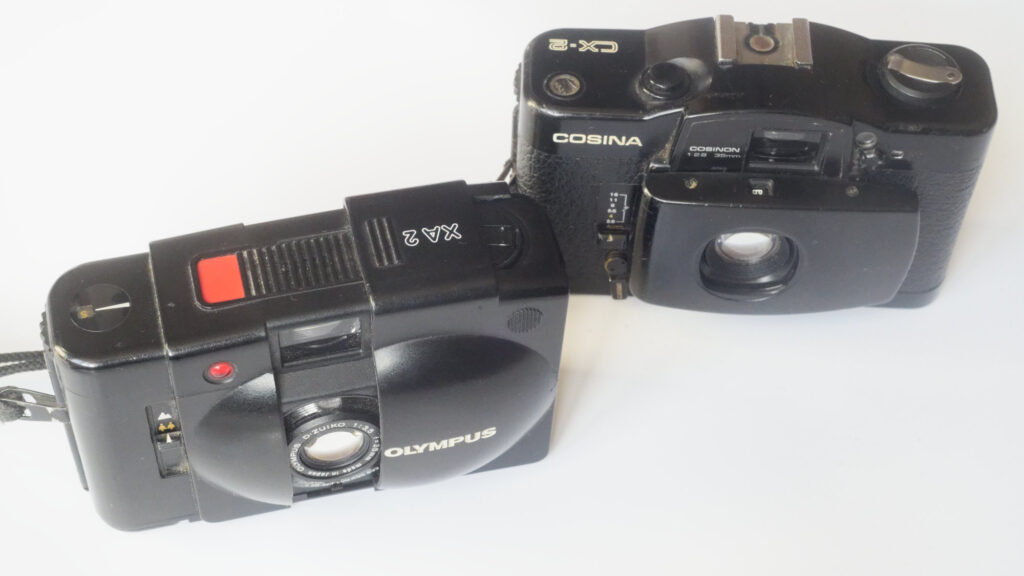
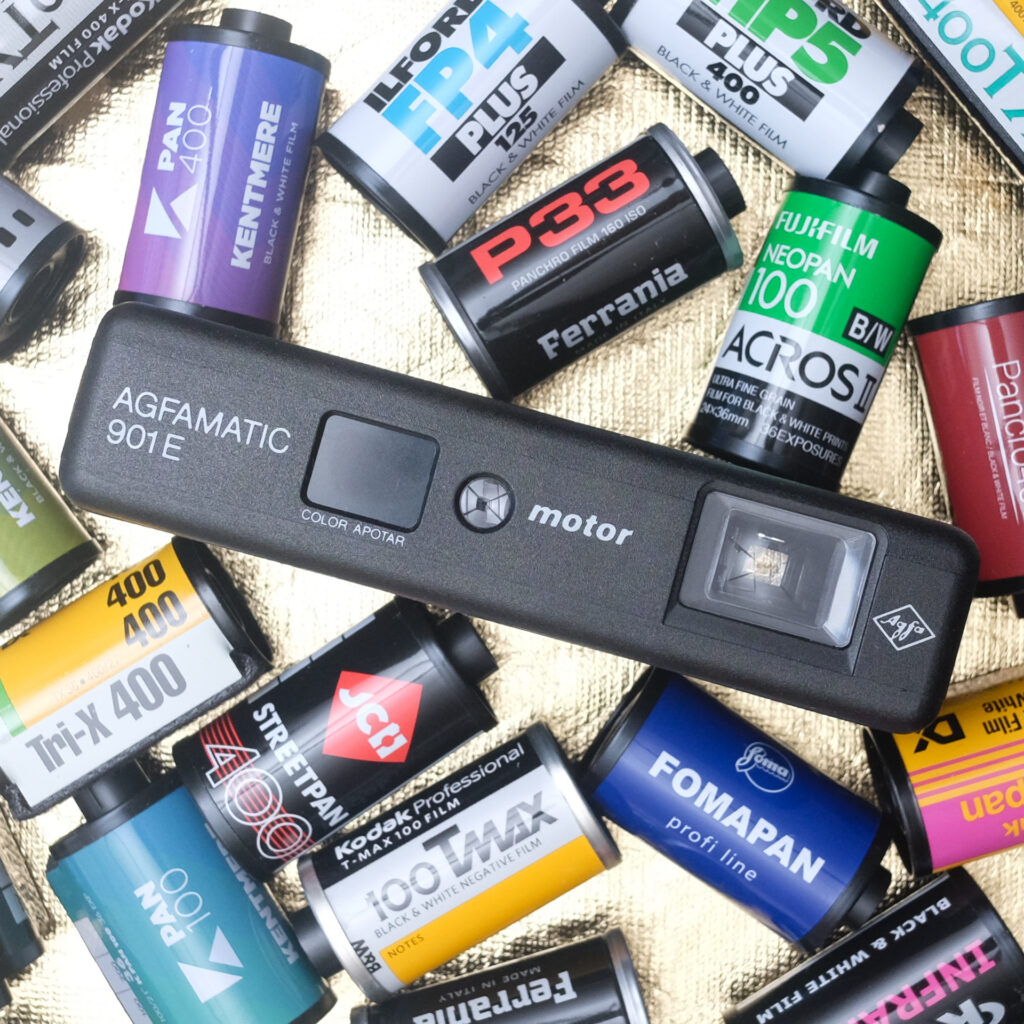




Comments
Ibraar Hussain on Minox CD70 – A Mini-Review on Kentmere 400
Comment posted: 20/05/2024
And your photographs with this little thing are gorgeous - lovely tones and feel!
Great stuff thank you
Comment posted: 20/05/2024
Julian Tanase on Minox CD70 – A Mini-Review on Kentmere 400
Comment posted: 20/05/2024
Comment posted: 20/05/2024
Tim Bradshaw on Minox CD70 – A Mini-Review on Kentmere 400
Comment posted: 20/05/2024
Comment posted: 20/05/2024
Marco Andrés on Minox CD70 – A Mini-Review on Kentmere 400
Comment posted: 20/05/2024
My Minox EL is a light and easy carry with a sharp Minotar 2,8 lens.
.
submin.com/35mm/collection/minox/cameras/cd70.htm has info on Minox CD 70, along with images of a model in silver/black [plastic].
.
Since Leica owned Minox at that time,there's a page comparing the Minox CD 70 with the Leica z2x
submin.com/35mm/collection/minox/cameras/cd70_z2x_compared.htm. The Leica has a better form factor and is equipped with a Vario-Elmar 35-70mm lens.
.
This image compares the two
drive.google.com/file/d/1IlwJpm970oEJaxhTCusr752GdsbAoXvc/view?usp=share_link
Comment posted: 20/05/2024
Alexander Seidler on Minox CD70 – A Mini-Review on Kentmere 400
Comment posted: 22/05/2024
Comment posted: 22/05/2024
Marco Andrés on Minox CD70 – A Mini-Review on Kentmere 400
Comment posted: 22/05/2024
I've updated the image to show four cameras: Leica Z2X, Konica Big Mini BM-310Z, Minox CD70, and Minox CD29 [designed by the Volkswagen Group – 29mm lens, autofocus stunner].
drive.google.com/file/d/1IlwJpm970oEJaxhTCusr752GdsbAoXvc/view?usp=share_link
The CD70 and big mini are remarkably similar. Other big minis have fixed lenses making then “preferred”.
Comment posted: 22/05/2024
Richard Arbib on Minox CD70 – A Mini-Review on Kentmere 400
Comment posted: 23/05/2024
Mats on Minox CD70 – A Mini-Review on Kentmere 400
Comment posted: 24/05/2024
My main gripe with this camera is the minimum close focus distance of 80cm at the 35mm setting and probably why I have only shot one roll (I use the widest setting 99% of the time with point and shoot zoom models). While not completely unusable it limits me quite a bit in the kind of shots I'm able to take. Something like 60cm is already gives a lot more freedom when composing, and my gold standard are the ones that focuses down to 35cm. Like the original fixed lens Big Mini, Mju etc.